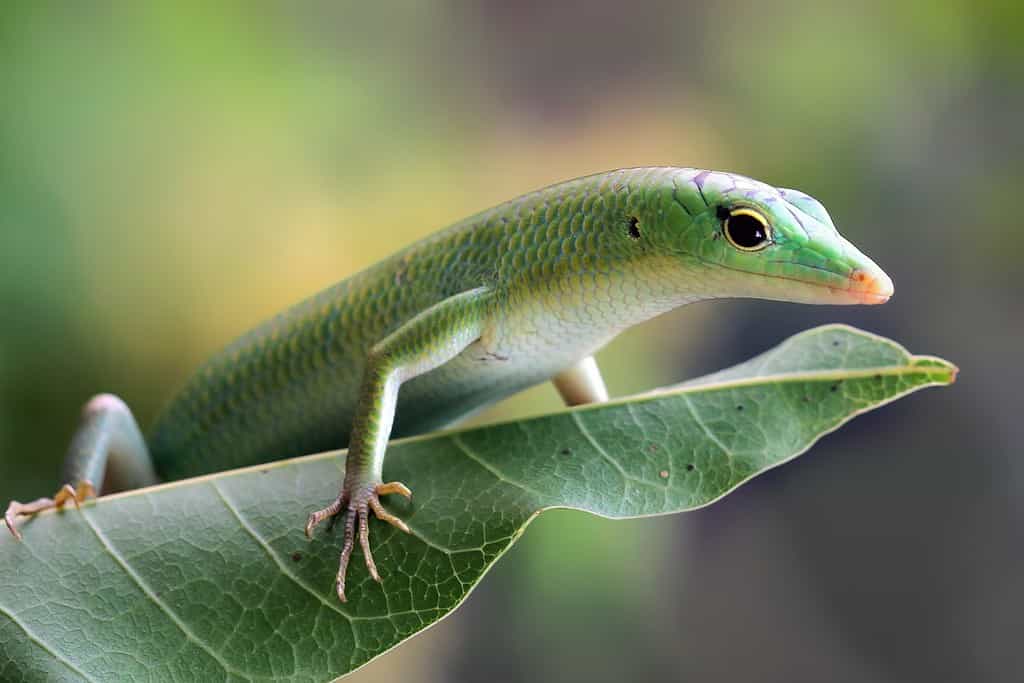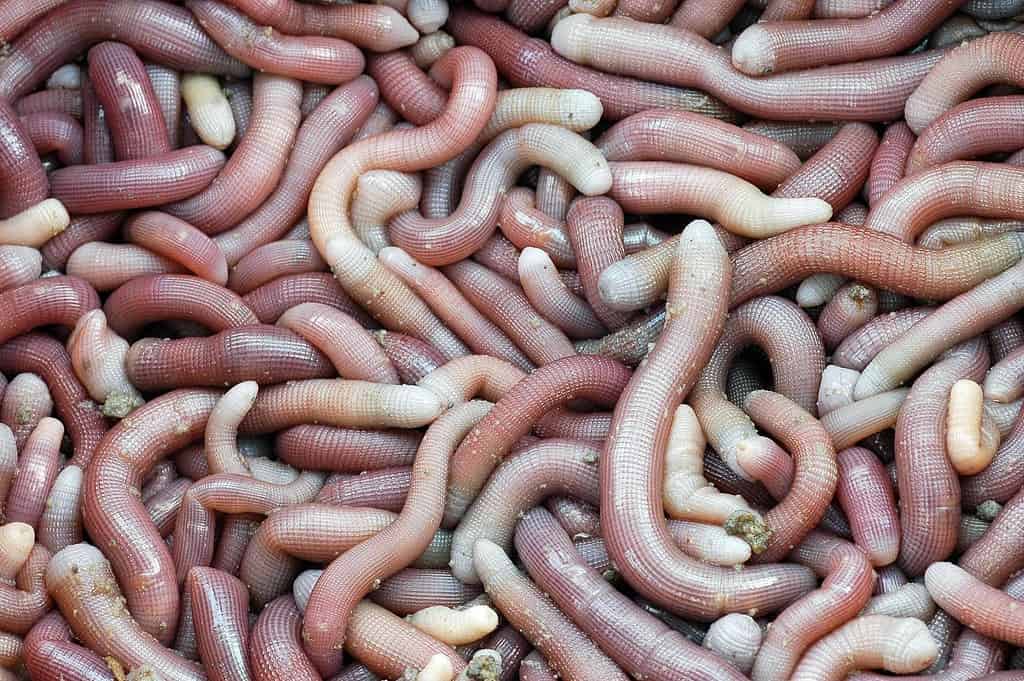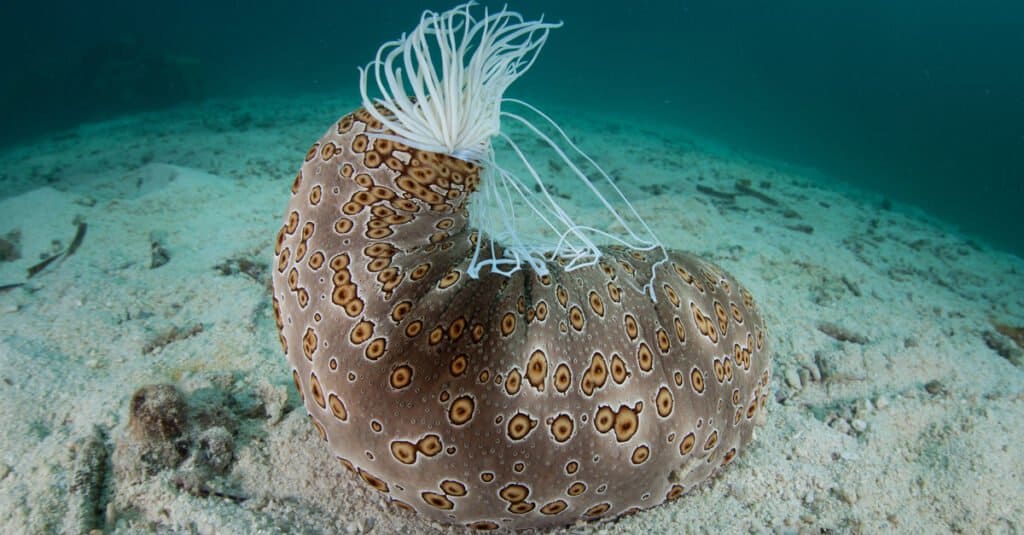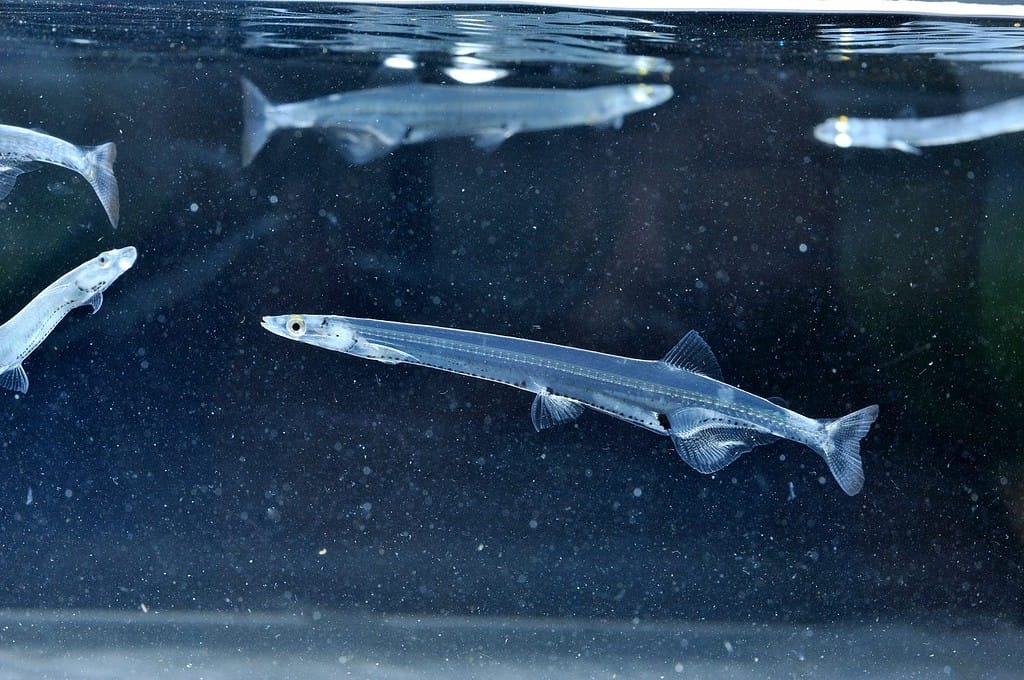Most vertebrae, including humans, have red blood thanks to the hemoglobin they use to transport oxygen throughout their system. However, not all animals use hemoglobin and some have blood that isn’t red. Animal blood comes in a variety of colors, including blue, green, purple, and yellow. One vertebrae even bleeds a colorless liquid. Read on to learn more!
1. Crustaceans / Mollusks / Bivalves

Lobsters are one of several creatures that have blue blood thanks to their oxygen transport system known as hemocyanin.
©OSDG/Shutterstock.com
Next to red, blue is perhaps the second most common color for blood in the animal kingdom, which is why we’ve lumped three larger groups of animals into this entry. Crustaceans such as lobsters, mollusks such as snails, and bivalves such as scallops and clams all have blue blood!
According to CBC Radio, these creatures use an oxygen transport system called hemocyanin. This protein turns blue when it carries oxygen, making the blood of these creatures appear blue.
Animals such as snails and lobsters also have an open circulatory system — meaning that their blood is not enclosed in blood vessels. Bivalvia like clams and scallops have a single heart with two valves.
2. Green Blooded Skinks

Animals such as the green tree skink have green blood due to excess biliverdin.
©Kurit afshen/Shutterstock.com
As you’ve probably guessed, green-blooded skinks also have blood that isn’t red. Prasinohaema is a genus of skink characterized by its green blood. The green color is a result of an excess buildup of the bile pigment biliverdin.
In fact, animals such as the green tree skink have so much green pigment in their system that it “overshadows the brilliant crimson coloration of red blood cells,” Chris Austin, a biologist at Louisiana State University, told NPR. The pigment turns not just their blood green, but their bones, muscles, and tissues.
In humans, jaundice can be caused by an accumulation of biliverdin. However, green-blooded skinks appear to function just fine, despite containing “a level of biliverdin that would kill a human being,” says Susan Perkins, a researcher at the American Museum of Natural History in New York.
3. Marine Worms

Marine worms such as peanut worms have purple blood due to the purple pigment hemerythrin.
©vivanvu/Shutterstock.com
Certain species of marine worms bleed purple rather than red. According to Taxonomy Australia, species such as the peanut worm use a pigmented protein known as hemerythrin, to help transport oxygen in the blood.
Deoxygenated hemerythrin is colorless, but once the blood takes in oxygen it develops a purple hue, giving marine worms a truly uniquely colored blood.
Peanut worms are benthic animals that can be found in a range of ocean habitats. However, they typically inhabit shallow water and burrow in the mud or sand. Peanut worms typically blend into their surroundings, so they may be difficult to spot.
4. Sea Cucumbers

The bottom-feeding sea cucumber lives in oceans worldwide and has yellow blood.
©Ethan Daniels/Shutterstock.com
Sea cucumbers are another marine animal with blood that isn’t red. These echinoderms are bottom feeders that use several rows of tube feet to scavenge algae and other dead organisms from the ocean floor.
Sea cucumbers have soft, elongated bodies that vary in color from black or brown to red, blue, or green. They live in marine environments worldwide and have yellow blood!
According to ThoughtCo., the odd color is due to a high concentration of a yellow pigment called vanabin. It’s not fully clear what role vanabin plays in sea cucumbers, as the pigment does not appear to aid in oxygen transportation.
5. Crocodile Icefish

Icefish are the only known vertebrae that lack hemoglobin in their blood, making it clear in color, rather than red.
©yamaoyaji/Shutterstock.com
Crocodile icefish make their home in the Southern Ocean around Antarctica. They are capable of surviving extremely cold temperatures that would kill most other creatures.
According to How Stuff Works, crocodile icefish frequent parts of the sea where temperatures can dip as low as 28.5 degrees Fahrenheit (1.9 degrees Celsius).
They are able to survive the extreme cold thanks in part to their lack of red blood cells and hemoglobin. Blood with a high number of red blood cells turns thick and difficult to circulate in such icy temperatures.
Instead, crocodile icefish absorb oxygen directly from the cold ocean water and send it into their bloodstreams. Due to its lack of hemoglobin, their blood is a colorless liquid. The oxygen it absorbs from the water travels throughout the fish’s body via its plasma.
Summary of 5 Animals With Blood That Isn’t Red
| Animal | Blood Color |
|---|---|
| Crustaceans / Mollusks / Bivalves | Blue |
| Green Blooded Skinks | Green |
| Marine Worms | Purple |
| Sea Cucumbers | Yellow |
| Crocodile Icefish | Colorless |
The photo featured at the top of this post is © southlandp/iStock via Getty Images
Thank you for reading! Have some feedback for us? Contact the AZ Animals editorial team.







